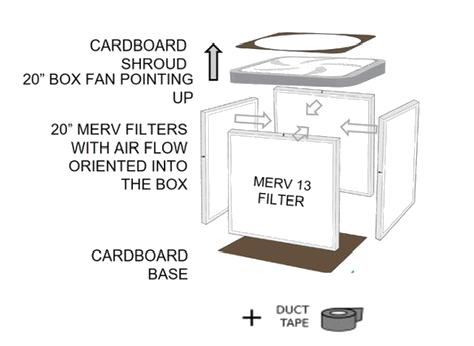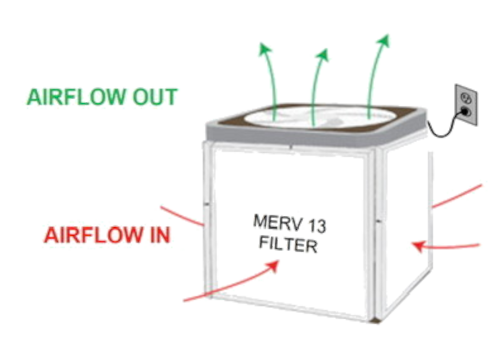Breaking News
Beginning this fall, all interested schools across Connecticut will have the opportunity to receive our STEM-lesson air purifiers and indoor air quality sensors through a new grants-in-aid program: Supplemental Air Filtration for Education in Connecticut (SAFE-CT)!
More Details to Follow!
The Power of Cross-Campus Collaboration
UConn Schools of Education, Engineering, Nursing, Medicine and UConn Health are connecting our communities to low-cost, accessible public health interventions to reduce the risk of infectious diseases such as influenza, RSV and COVID-19.
What We Have Learned
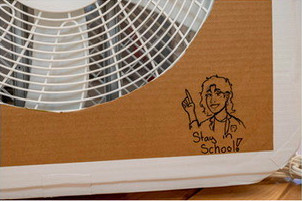
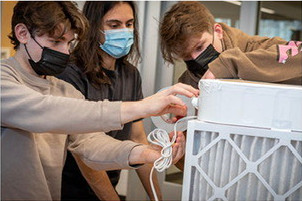

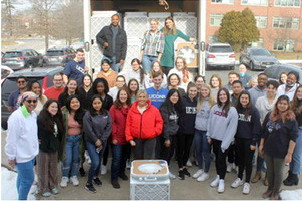
Testing the Efficacy of the “Corsi-Rosenthal” Box Fan Filter in an Active Classroom Environment
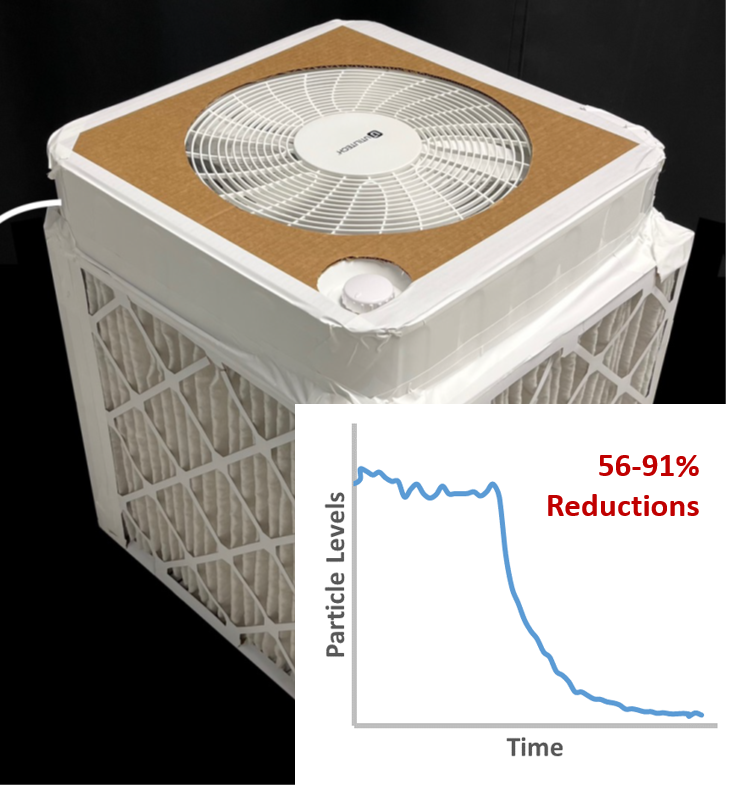
Poor ventilation in classrooms can increase the risk of infectious disease transmission, such as COVID-19, because it allows respiratory aerosol particles that may contain viruses to accumulate. Air purifiers can effectively reduce transmission rates in community spaces, including classrooms, because they increase the air change rate in the room and reduce particle concentrations. In this study, we investigate the effectiveness of Corsi-Rosenthal Boxes (C-R Box) in reducing particle concentrations in active, occupied classroom settings. A C-R Box is a do-it-yourself, cost-effective alternative to commercial air purifiers built from a box fan, four readily available filters, cardboard, and duct tape.
We collected measurements of coarse (particles with diameters > 2.5μm) and fine (particles with diameters 0.5μm - 2.5 μm) particle number concentrations and PM2.5 (particles with diameter < 2.5μm) mass concentrations. Specifically, we compared measurements in occupied classrooms before and after we turned the C-R Boxes on. In our testing, C-R Boxes reduced fine particle number concentrations by 56-91% and PM2.5 mass concentrations by over 70% after we turn on the C-R Boxes. We also simulated velocity profiles in the classrooms with running C-R Boxes showing mixing throughout the classroom ensuring that all air can encounter the filter.
In The News
- These DIY Air Purifiers Could Make Clean Air More Accessible During WildfiresHomemade air purifiers can filter air faster, making them an affordable alternative to more expensive commercial products.Posted on May 2, 2025
- Opinion: Why Haven’t We Made It Safer to Breathe in Classrooms?Two years ago, we got a chance to assure parents and teachers, in any future epidemic, that the air in classrooms was safer, making it easier for children to attend school in person and avoid learning loss and isolation. In March 2021, Congress allocated $122 billion for schools to cope with the Covid pandemic and […]Posted on August 9, 2023
- Efficacy of Do-It-Yourself Air Filtration Units in Reducing Exposure to Simulated Respiratory AerosolsMany respiratory diseases, including COVID-19, can be spread by aerosols expelled by infected people when they cough, talk, sing, or exhale.Posted on August 7, 2023
- Middletown Students’ DIY Air Filtration Units Being Tested for EPA CertificationFifth-graders enrolled in an elementary school’s STEM Academy are eagerly awaiting the results of testing conducted by the U.S. Environmental Protection Agency to see if their do-it-yourself air filter is capable of removing viruses and improving air quality.Posted on August 7, 2023
Videos
Generous Funding By




